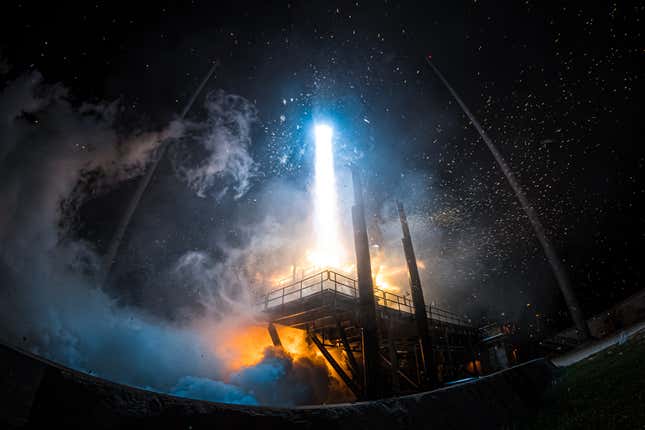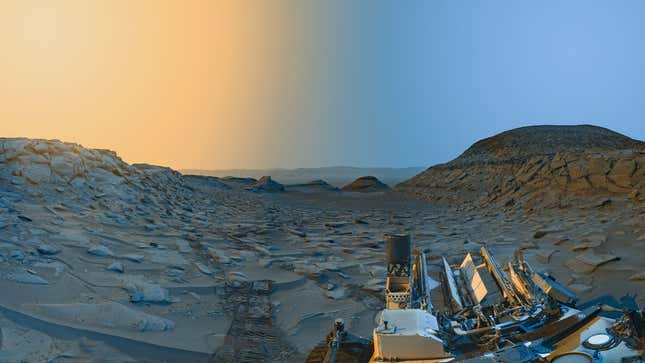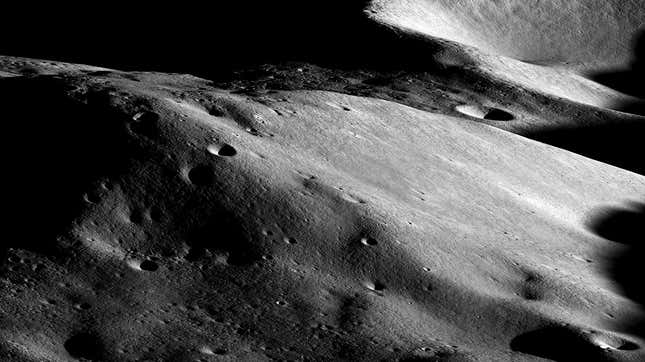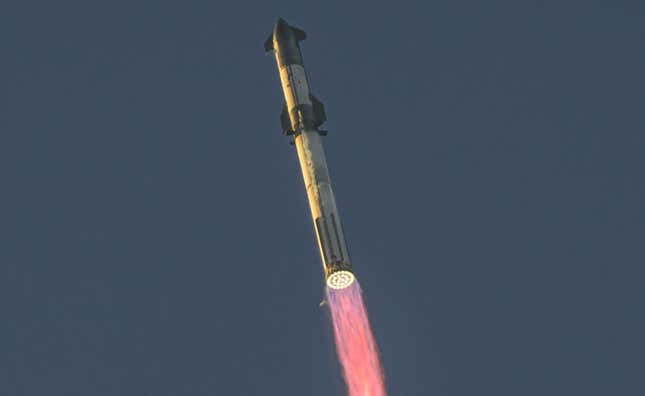
Experimental rockets, Moon landers, planetary flybys, breathtaking spacewalks, and vintage boosters—these are just a few of the many stories that contributed to the most striking and memorable images of 2023.
Indeed, the past 12 months have been a whirlwind of activity in the realm of spaceflight, whether in the lab, on the launch pad, or in space itself. The resulting visuals from the past year are particularly stunning, as humanity continues to push the limits of what’s possible. So without further ado, we present to you our favorite spaceflight images of 2023.



























